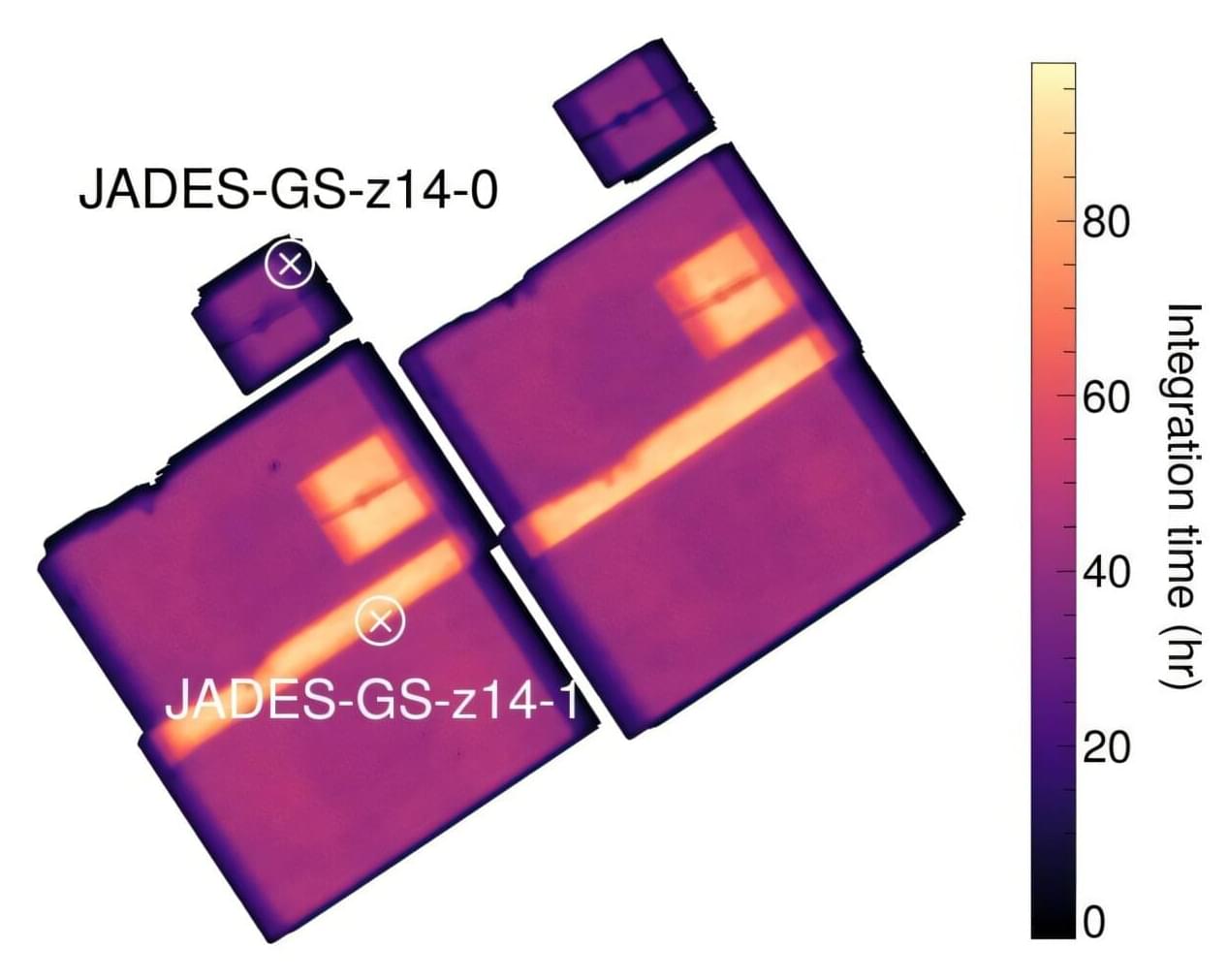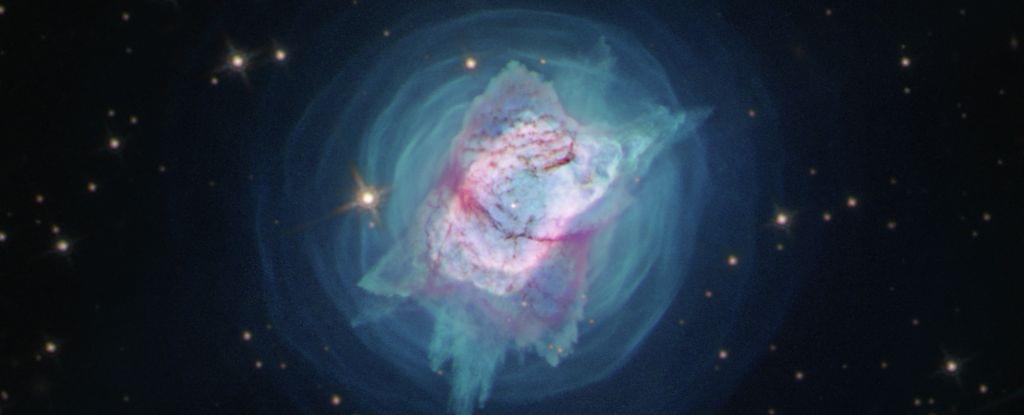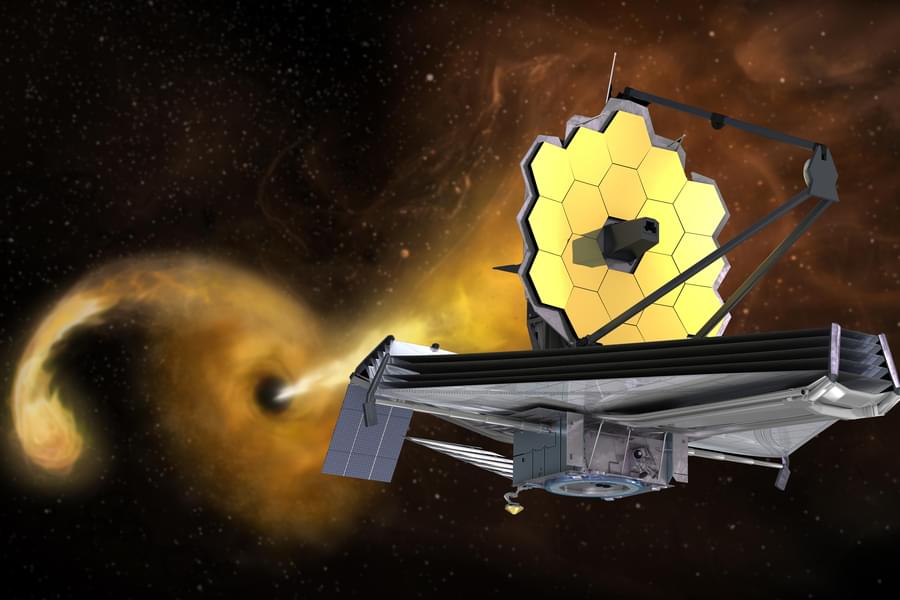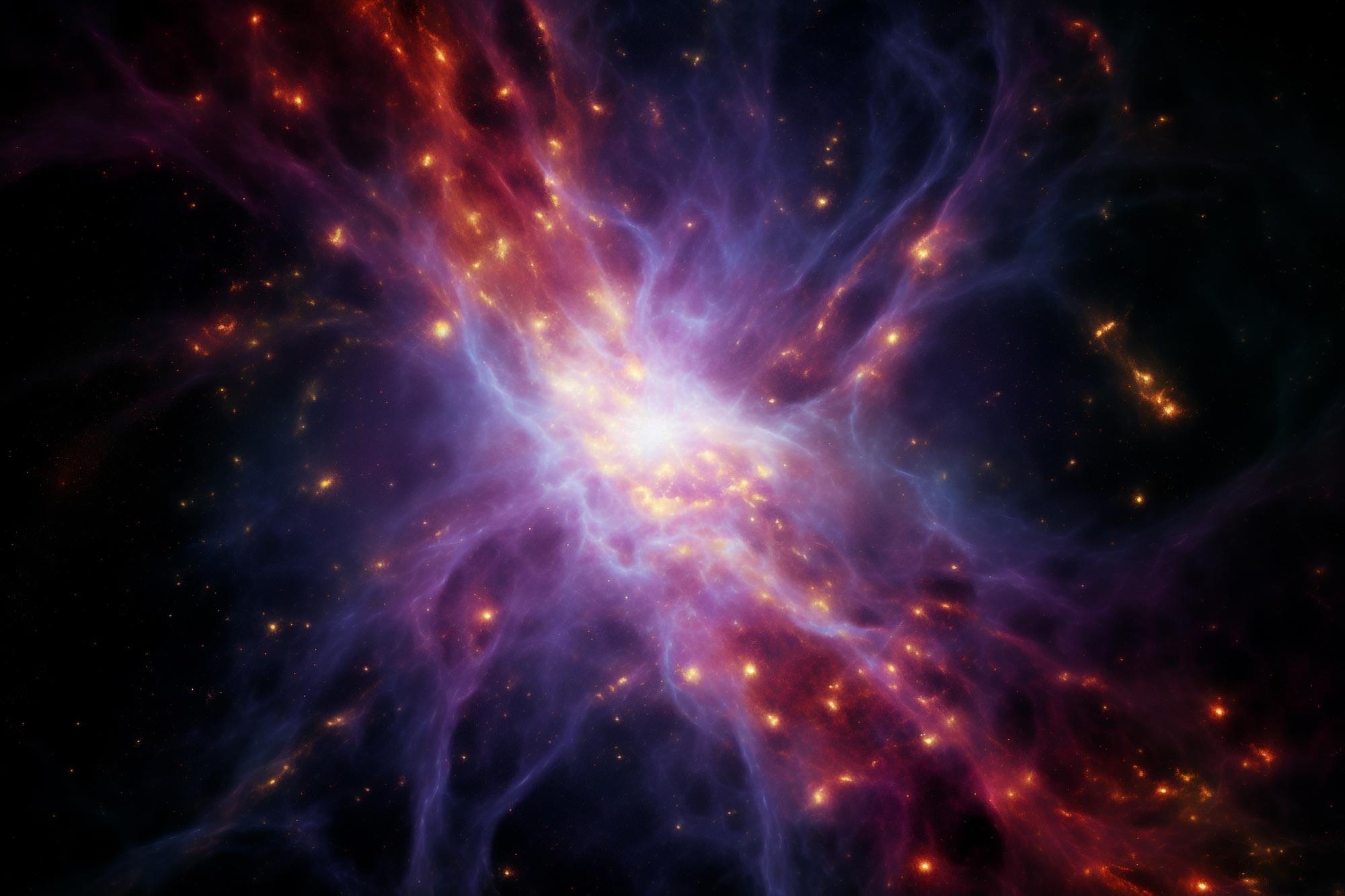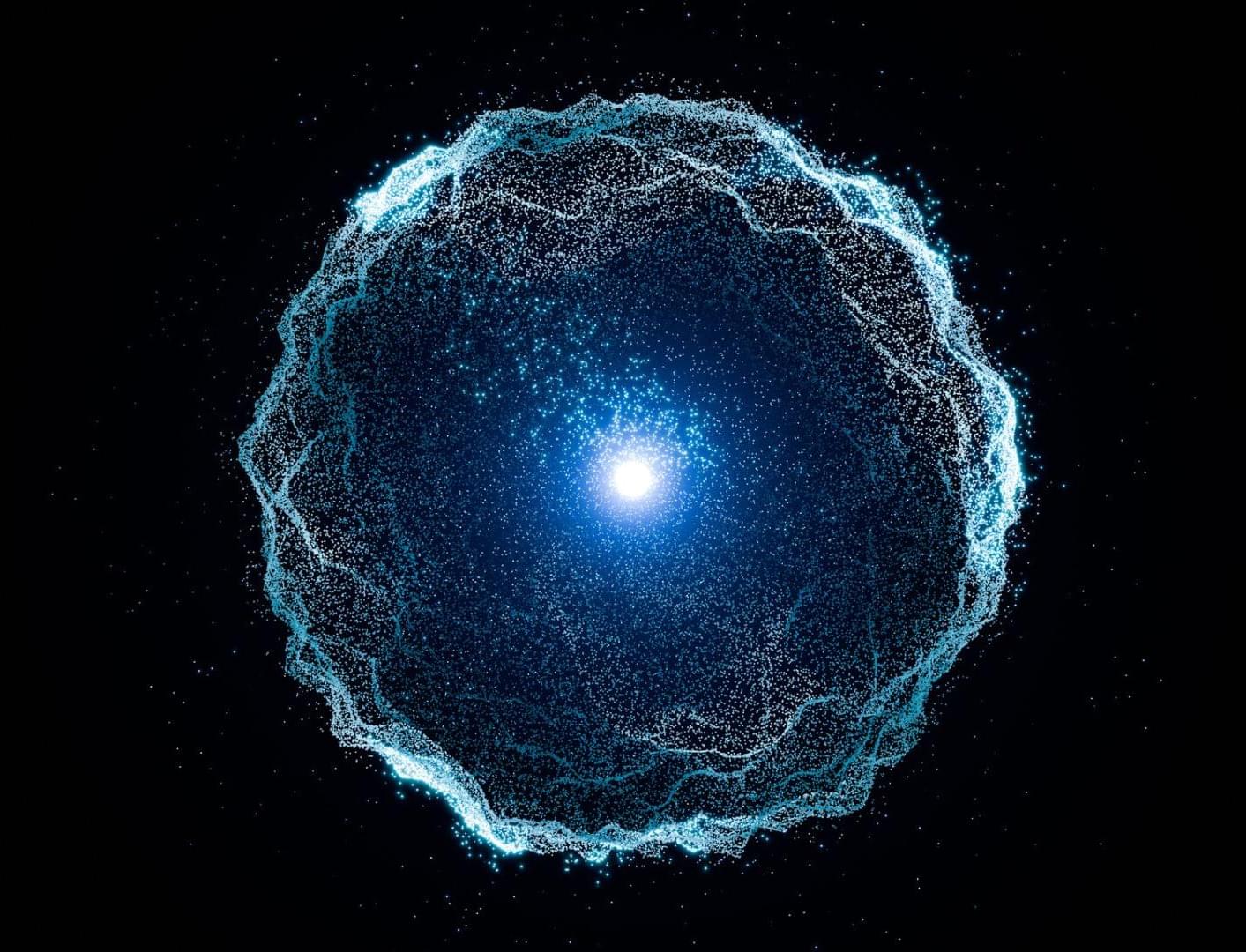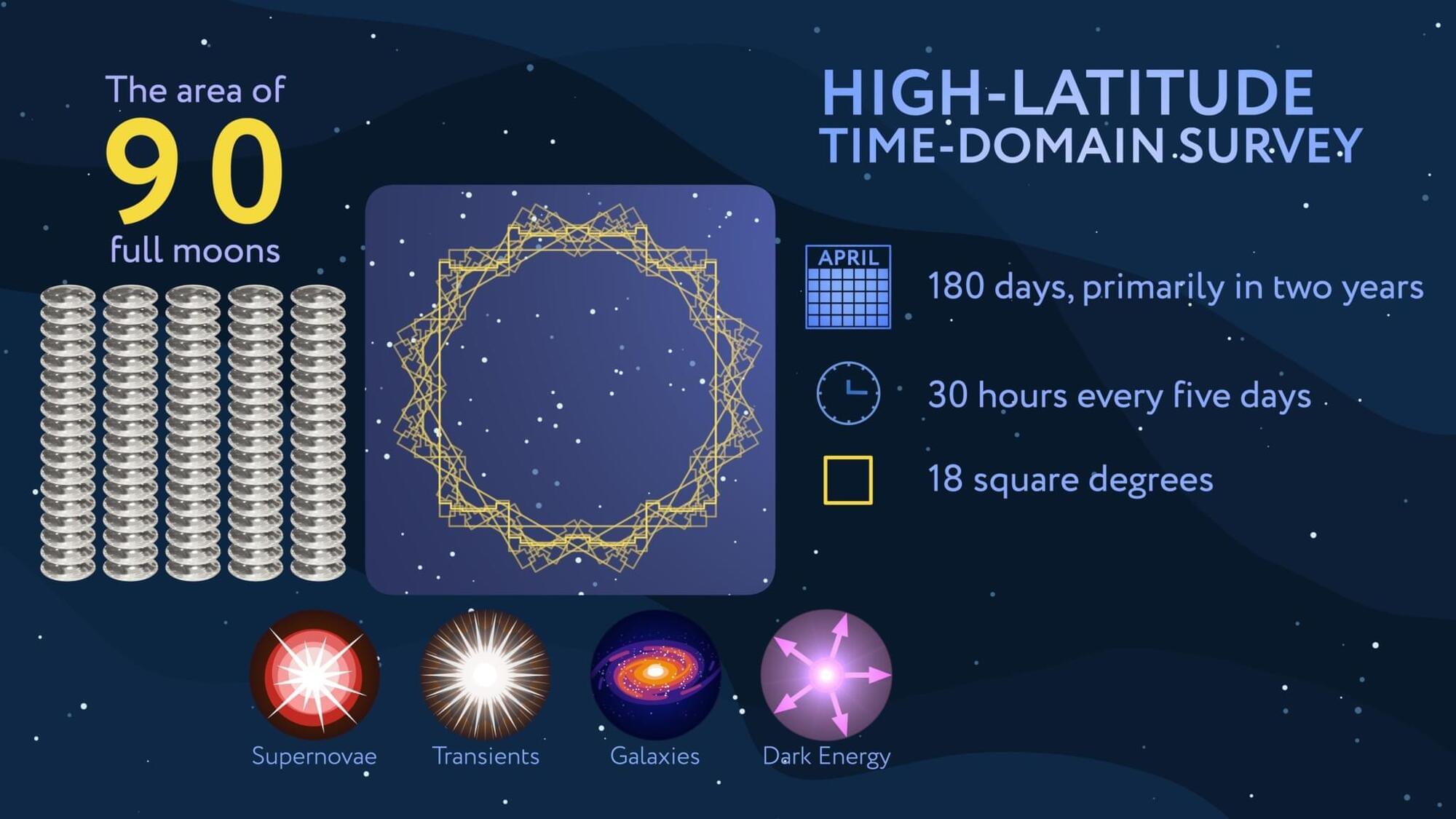Using the James Webb Space Telescope (JWST), an international team of astronomers has observed a distant faint galaxy designated JADES-GS-z14-1. Results of the observational campaign, published July 30 on the arXiv preprint server, provide more insights into the nature and properties of this galaxy.
Launched into space in 2021, JWST is designed to find and investigate the most distant galaxies, providing insights into the early universe. It enables the detection of galaxies within the first 500 million years after the Big Bang.
One of such early galaxies is JADES-GS-z14-1—the faintest spectroscopically confirmed galaxy, at a redshift of about 14.0. The galaxy has an absolute ultraviolet magnitude of-19.0 and is relatively compact as its half-light radius is estimated to not exceed 520 light years. Previous observations of JADES-GS-z14-1 have found that it has a mass of some 100 million solar masses, and a star formation rate (SFR) at a level of about two solar masses per year.
